
Plants are the basis for all life on earth. For over 10,000 years we have been intentionally changing plants in order to use them as food or raw material. In addition to evolution as the driving force for change, we are becoming increasingly influential agents. All crops that provide us with food today were once bred from wild species. Local varieties are for example rye, wheat and oats.
The most original breeding method is selection. We determine by conscious selection what should be increased. The tools people use to grow plants today have changed dramatically over the past 50 years. From mutation due to radiation or chemical substances to genetic engineering processes with which we can change individual genes in the laboratory today. This can greatly accelerate the breeding cycle.
These new tools are becoming increasingly important to address challenges such as climate change and food security. New breeds can be made more resistant to heat stress or pests. However, these technologies are also used to meet new consumer demands. The patented "Arctic Apple" does not turn brown after cutting, or flowers are available in previously unknown colors.
Against this background, it is important that we weigh up opportunities and risks responsibly, but above all critically examine our own ideal images and ideas about plants. Can individual plants be thought of in isolation from ecosystems? How can we think about evolution in the breeding of plants? And what do we apreciate to be beautiful and acceptable?
On the subject of crops, we conducted two workshops at the Vern association in July and August 2019, designed by Stefan Schwabe and Jannis Hülsen.
The following video shows the results of the workshop FRUCHTFORM and gives an insight into the experiences and thoughts of the workshop participants.
Results of the workshop participants
Within the workshops, the participants were instructed to develop short stories and objects in order to condensate new information, food for thought and ideas. Through the exchange and discussion in small groups, individual attitudes and convictions could be reflected and expanded.
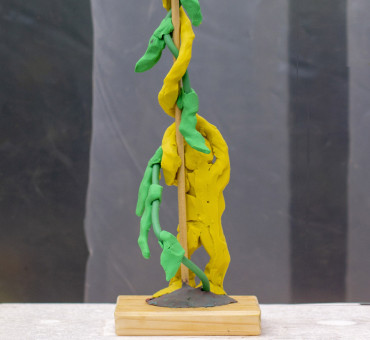
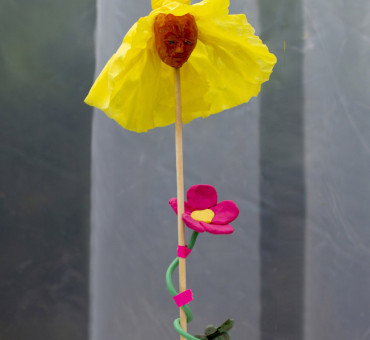
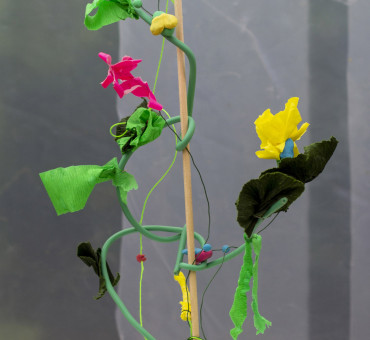
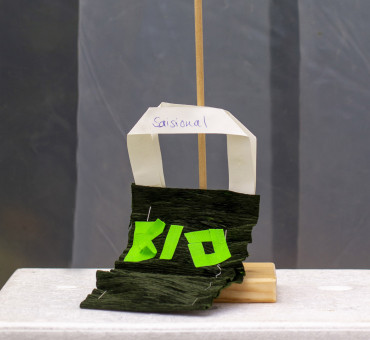
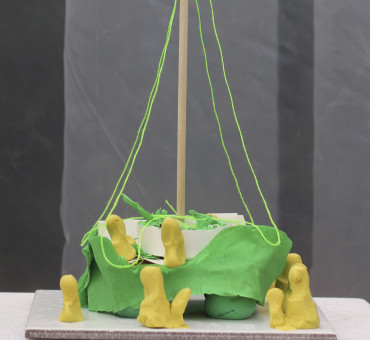
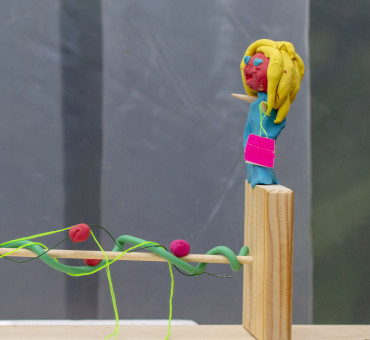
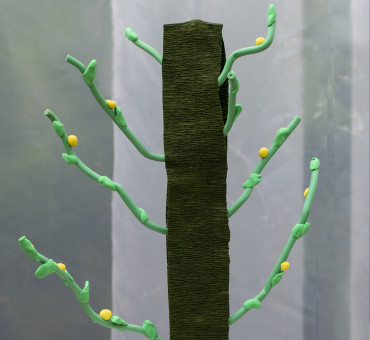
The triangle represents our field of discourse. It shows excerpts of what we talked about in the workshops with the participants and what thoughts the topic of plants triggered in them.
Was der Mensch mit Pflanzen machen kann